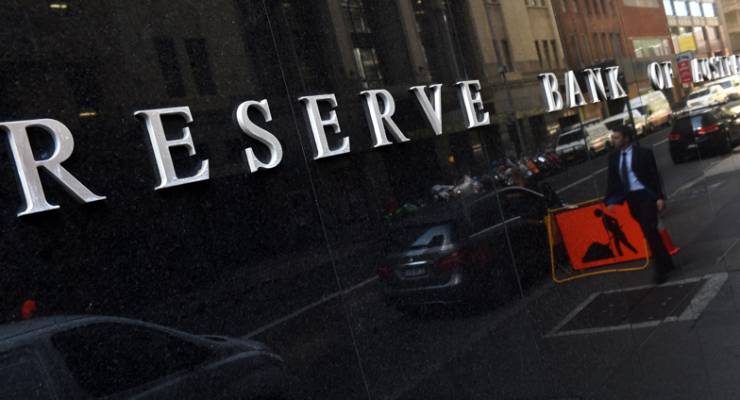
All those urgers looking for another rate cut or two from the Reserve Bank had better put their crystal balls back in their boxes, start recasting their computer models and start wondering when the first rate rise might happen (hint: perhaps 2018). After a speech and comments yesterday from RBA governor Philip Lowe in Sydney (only the election of Donald Trump would force the RBA to look at cutting rates because it would be such a shock to the global economy and financial system), it is clear the bank is going to wait and hold. Everyone is looking at next week’s September quarter Consumer Price Index, and if it is lower, many analysts will say “rate cut looms”.
But that won’t be the case. The RBA is in full sit and wait mode — the bank has noticed that inflation has started edging higher in the US (hence all the talk about a Fed rate rise), the eurozone, the UK and New Zealand. And more forward-looking economists say our inflation rate will accelerate in the December, March and June quarters because of the rebasing effect as the impact of the slump in global oil prices in late 2015 and early 2016 works its way out of the system.
And then there’s the surge in commodity prices — oil and gas prices are edging higher in hope of a production cap from OPEC on November 30, and iron ore prices are still around US$55 a tonne (and exports to China from Port Headland hit an all-time high of 103.3 million tonnes in the September quarter, so our September trade account will benefit). Sugar prices are near highs, ditto beef, wheat prices have bounced off 10-year lows. And then there’s coal, where its boom, boom boom as the madcap days of 2011 are being revisited (but for how long?). Hard coking coal contract prices are around US$200 a tonne — more than double the level a year ago. And they were around US$230 a tonne in the spot market on Tuesday, and Reuters reported that a single cargo of Australian steaming coal sold for US$100 a tonne on Tuesday, the first time that price had been reached since 2012. Spot prices were trading around US$90 a tonne in Newcastle as well — that is getting close to double the level they were at the start of the year.
No one knows how long this price boom will continue — coal futures have prices falling in 2017, so the market is in what is called “backwardation” (where the immediate price is higher than future prices). That is unstable and can’t continue. But like the government and the market, the surge in prices (and the way iron ore prices have remained solid for the past eight or nine months) has made the RBA very, very cautious. And when that happens, the central bank likes to sit and watch. So “rate cut looms” is no longer the default headline.








Crikey is committed to hosting lively discussions. Help us keep the conversation useful, interesting and welcoming. We aim to publish comments quickly in the interest of promoting robust conversation, but we’re a small team and we deploy filters to protect against legal risk. Occasionally your comment may be held up while we review, but we’re working as fast as we can to keep the conversation rolling.
The Crikey comment section is members-only content. Please subscribe to leave a comment.
The Crikey comment section is members-only content. Please login to leave a comment.